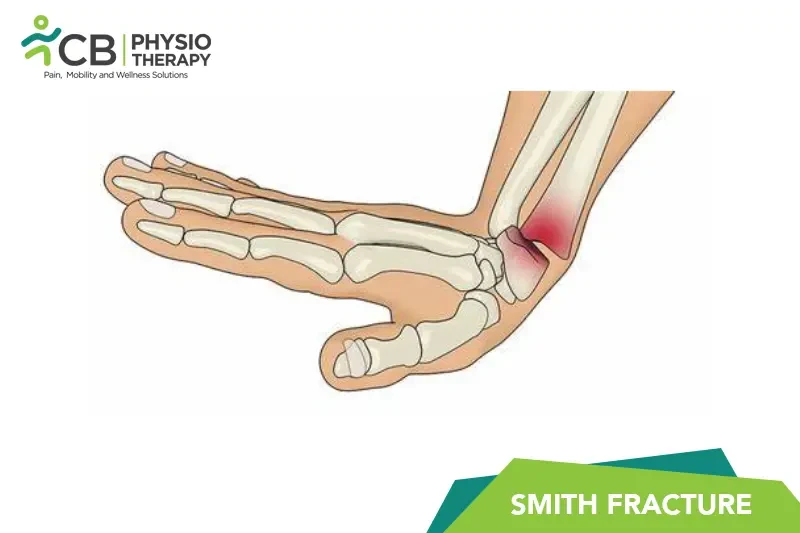Immobilization:The wrist is immobilized in a cast or splint for a period to ensure stability and promote healing.
Transcutaneous Electrical Nerve Stimulation (TENS)Purpose: Pain relief.
Mechanism: TENS uses low-voltage electrical currents to stimulate nerves and block pain signals to the brain. It may also promote the release of endorphins, which are natural painkillers.
Application: Electrodes are placed on the skin around the fracture site. TENS can be used during or after immobilization and during rehabilitation.
Neuromuscular Electrical Stimulation (NMES)Purpose: Prevent muscle atrophy and improve muscle strength.
Mechanism: NMES sends electrical impulses to stimulate muscle contractions, which helps maintain muscle mass and strength during periods of immobilization.
Application: Electrodes are placed on the skin over the muscles surrounding the fracture. NMES can be used after the initial healing phase when it is safe to begin muscle activation.
Interferential Current (IFC)Purpose: Pain relief and reduction of swelling.
Mechanism: IFC uses two high-frequency currents that intersect to create a low-frequency stimulation deep within the tissues.
Application: Electrodes are placed around the fracture site. IFC is useful during both the acute and subacute phases of healing.
Wrist Mobilization:Initiated after the initial healing phase to restore wrist function and regain the range of motion. Therapy usually starts with gentle movements and progresses to more intensive exercises as healing allows.
Gentle passive and active range of motion exercises for the wrist and forearm. This may include flexion, extension, supination, and pronation exercises.
Finger Exercises:Gentle movements of the fingers to prevent stiffness and maintain circulation.
Elbow and Shoulder Exercises:Range of motion exercises for the elbow and shoulder to prevent stiffness and maintain mobility.
Strengthening Exercises:Gradual introduction of strengthening exercises for the wrist and forearm using resistance bands, light weights, or putty.
Advanced Strengthening:Progress to more challenging strengthening exercises, including weight-bearing exercises and the use of heavier resistance.
Functional Activities:Activities that mimic daily tasks to help restore functional use of the hand and wrist.
